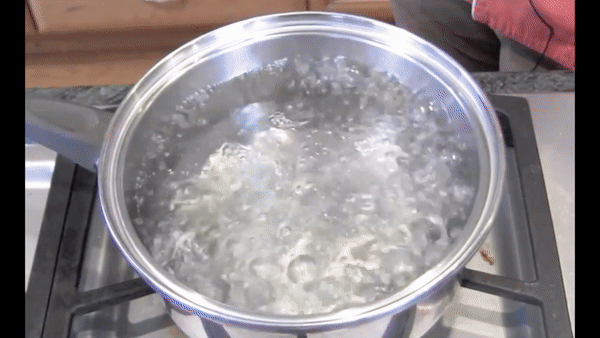
Introduction Of Chapter
The field of physics known as thermodynamics studies the ideas of heat, temperature, and the interactions between heat and other types of energy like work etc. Here we study the processes where work is converted into heat and vice versa.
Before the modern picture, heat was regarded as a fine invisible fluid filling in the pores of a substance. The idea of heat as a fluid was eventually abandoned in favour of the current understanding of heat as a type of energy. Benjamin Thomson, was to conduct a experiment in this regard in 1798. He saw that drilling a brass cannon produced a lot of heat, more than enough to cause water to boil. The experiment showed how energy may be converted from one form to another i.e. from work to heat in this case .More significantly, the amount of heat produced depended on the work done and this was the most logical explanation for the results. Later on in 1845 Prescott, James Joule quantified and demonstrated the conversion of mechanical energy to thermal energy and vice versa. He calculated the famous joule mechanical equivalent to convert a given amount of work into heat in calculations.
Actually, the ideas and rules of thermodynamics were developed before the molecular image of matter was firmly established in the nineteenth century. Therefore Thermodynamics is considered to be a macroscopic science, It works with bulk systems and doesn’t investigate how matter is made up at the molecular level.
In thermodynamics, the state of a gas is determined by macroscopic factors that are quantifiable and felt by our senses, such as pressure, volume, temperature, mass, and composition. Here in this chapter we will study the thermodynamics laws. Also we will learn the calculations of internal energy , work and heat transfer in various thermodynamic process
